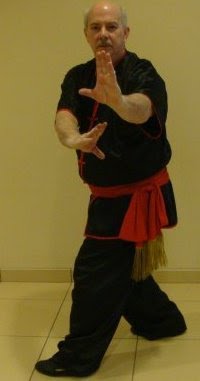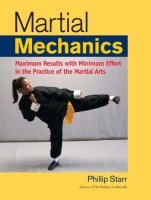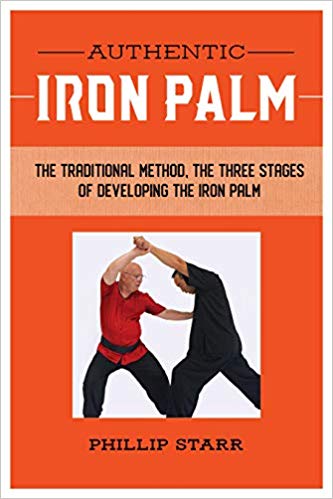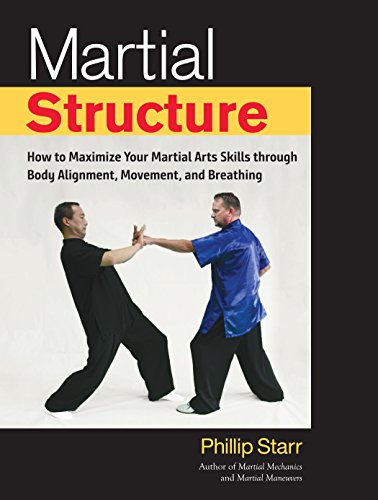by Phillip Starr
Gichin Funakoshi, the revered “Father of Japanese Karate” arrived in Japan in 1917 to give demonstrations of this unique Okinawan martial art and to perform before the imperial court. He did so without hesitation. He returned to his homeland and returned to Japan to give more demonstrations and to teach karate in 1922. Karate became so popular that Funakoshi began conducting classes at a local university (he would also live in the dormitory there). He would not see his beloved wife again until the end of WWII.
He had three sons, all of whom would precede him in death. The youngest son, Gigo, would become the senior assistant instructor of his father's classes. The first Shotokan dojo was constructed in 1939, during the time Japan was at war with China. Near the end of the war the dojo was destroyed and many of his most senior students were killed on the battlefield. His wife had remained in Shuri, Okinawa, and when she was evacuated from there in 1945 he was finally reunited with her. Gigo would also succumb to an illness he had developed in his youth, tuberculosis. Two years later, his wife would pass away. Although Japan was devastated by the war, Funakoshi rebuilt his dojo and continued to teach.
Masutatsu Oyama, the founder of Kyokushin karate, also endured great hardships. Traveling to Japan from his native Korea in 1937, he aspired to become a pilot. The only job he could find was that of driving a small delivery truck and he couldn't find an apartment because, according to his story, he was an unwanted Korean. He did finally manage to find living quarters (I can just imagine what THAT was like) and following the end of the war, he enrolled in Takushoku University and began studying karate under Master Funakoshi. But his hardships were far from over.
He got into a scuffle at a local tavern and inadvertently killed his assailant. It was strongly suggested that he leave Tokyo and go live in the mountains. He and a student did so but within a month or so, his partner returned to civilization. And Oyama's benefactor, an old friend who would bring food and supplies to the foot of the mountain, was no longer able to do so. Oyama was on his own. He often slept on the snow and foraged for food. Still, he trained every day...for nearly two years before finally returning to Tokyo where he would found his new style of karate.
Dr. Jigaro Kano, the founder of judo, founded the original Kodokan in 1882. It had only 12 mats. Training was quite vigorous and the floor was often in need of repair. With one or two of his students, Kano would crawl under the building nightly and make the necessary repairs. He would do this until he was able to open a 60-mat school in 1893.
The famed founder of aikido, Morihei Uyeshiba, started out attempting to run a print shop. But he was no businessman and the shop quickly went bankrupt. He joined up with a group of people that were being subsidized by the government to go to Hokkaido and settle (in a mountainous area, where it gets quite cold in the winter). Even so, he continued his daily practice of aikijutsu and kenjutsu, using small logs in place of a proper bokken.
In his youth, the famous master of all three internal forms of kung-fu (taijiquan, xingyiquan, and baguazhang), Sun-Lutang, was dirt poor...and when the Chinese tell us that someone was poor, you'd better believe they were POOR! He would collect pig bristles and sell them to people who made ink brushes...but business wasn't so good. I can just imagine how much fun it must have been to collect those bristles. In any event, he became so distraught that he finally tried to end it all by hanging himself. But as fortune would have it, a passerby cut him down...and Sun would go on to become one of the best known kung-fu teachers of all time.
The list is very long; most of the “greats” of times passed suffered terrible losses, endured hardships the would have caused lesser mortals to turn back, and made great sacrifices in their journeys. But one constant remains. Perseverance. Once they set foot on the martial path, they were there to stay. And stayed they did, no matter how insurmountable the obstacles they encountered.
“Eating cold rice” is a phrase used in the East to describe very hard times. Such men certainly ate their share of it, and many had to put away several servings. I can't imagine what it would have been like to live in the devastation of Japan or Okinawa following WWII or how horrible life must have been to be extremely poor in China 150 years ago...
If these men could endure it, can we do any less?











.jpg)
.jpg)


















.jpg)








.jpg)










.jpg)

















